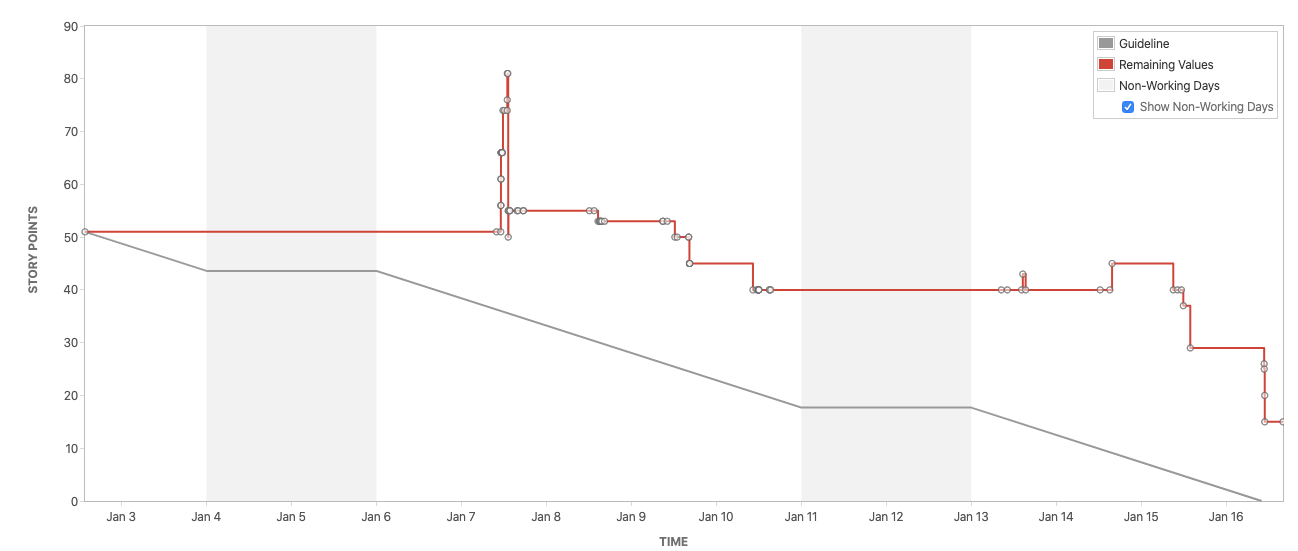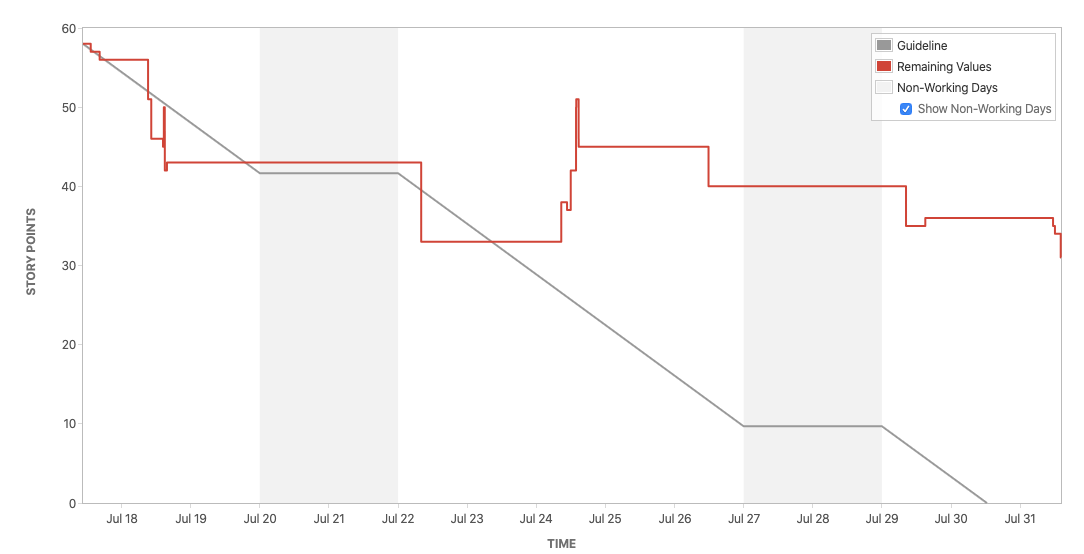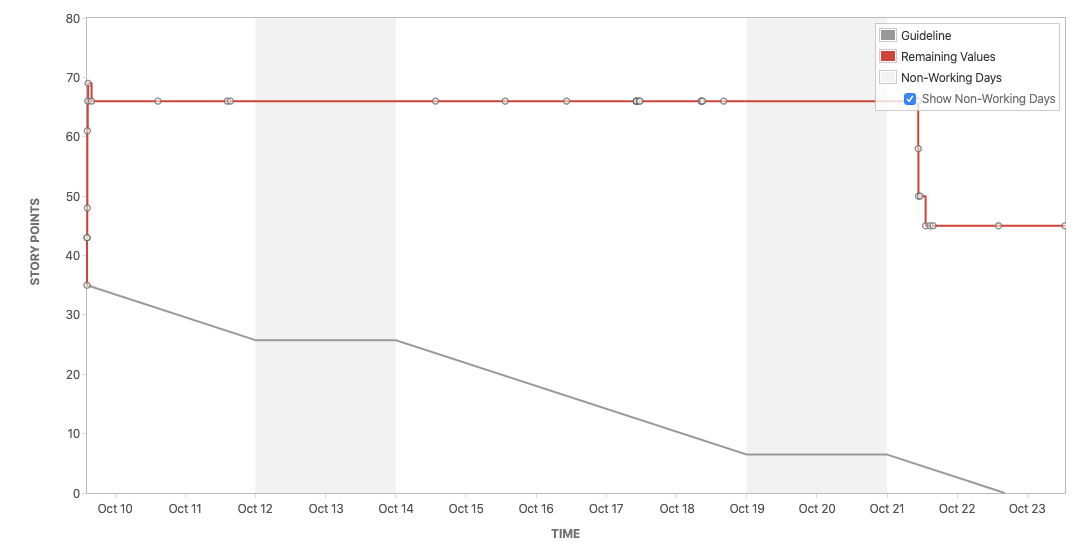The Power Of Scenario Planning
True busines agility is achieved by considering what might happen in the future, and developing an outline response.
No one could have PREDICTED the current global situation, but some organisations were better PREPARED for it.
Whether you are delivering projects, products or services, it’s all about the future.
- Increasing profit/market share
- Increasing customer loyalty
- Improving customer experience
- Improving quality
- Developing and retaining staff
- Diversifying the offering
- Decreasing costs
- Reducing complexity
Each of these aims can be followed by the phrase “in the future”, as that is where they all reside. Most organisations believe they are thinking about the future, but they are usually just extrapolating the present, and that’s not the same thing at all.
What is Scenario Planning?
Scenario planning is a strategic analysis tool which recognises the future is uncertain and unpredictable, and encourages us to explore how we can prepare for it.
There are three broad steps to scenario planning:
- Consider what is the current reality for the organisation and wider world, and how that might be different in future.
- Consider what those differences would mean for the organisation.
- Act on this new knowledge. (This might be: develop a plan, mitigate a risk, explore an opportunity…).
There are many models that facilitate the process of scenario planning, which is usually run as a series of workshops with relevant stakeholders.
Advantages of Scenario Planning
1. Framework
Scenario planning provides an opportunity and framework for people to contribute their fears and ideas in a legitimised and structured way. It’s proactive, and removes some of the worry of being perceived as ‘doom-monger’.
2. Awareness
It encourages us to think outside of our organisational boundaries, and lift our heads from the day-to-day rhythm and routine of work. It asks: what’s going on in our organisation? our sector? the wider economy? in society? for our customers? for our suppliers? and for our staff?
How might this impact our organisation in the future, and what can we do about it?
3. Calm
Scenario planning allows options to be really evaluated, and decisions to be taken before a situation actually occurs. In the face of a crisis, organisational and individual biases can cloud could good judgement, speed of response can overlook better options and fear and blame can impact relationships. It creates the time for a ‘plan for a plan’. Scenario planning offers no certainties, but gives the opportunity to identify indicators: “If we start to see X happening, then person Y will do Z”.
(Yes, some people supposedly thrive under pressure and enjoy adrenaline fuelled situations, but this is not business agility.)
4. Competitive advantage
If we are considering the future and preparing for it while others are not, this gives us a clear advantage. We will be able to respond rather than react, move more quickly and demonstrate our organisational agility.
Common Traps of Scenario Planning
1. ‘Waste of time’
Because many, perhaps most, of the scenarios won’t actually happen, investing time in thinking about them may seem like a waste of time and effort. This may prevent a full range of scenarios from being effectively developed and discussed.
Most people have enough to worry about in their ‘day job’, and do not want to go exploring for further problems. This is narrow thinking and prevents business agility.
2. ‘Lack of imagination’
Some people cannot imagine a different world, and others can imagine it but are embarrassed to describe it. Many organisations do ‘financial planning’ by using a small number of variables (costs, predicated growth etc.) and model best, worst and most likely scenarios. This is safe thinking, and is unlikely to lead to any major breakthrough in organisation
3. ‘Overwhelmed’
It would be relatively easy for even a small group to come up with dozens of plausible scenarios, and generate hundreds of potential actions in just a few hours. Generating the scenarios, then narrowing them down to a manageable number is part of the processes. The discussion about the potential scenarios is often more valuable than identifying every possible future.
4. ‘File in the draw’
If no action is taken as a result of the scenario planning, then the value of the exercise will not be realised. ‘Action’ could range from agreeing options or decisions that will be made in certain situations to making significant changes in strategy or operations as a result of the information the exercise has revealed.
Conclusion
Organisations which can adapt will survive and thrive. The ability to adapt quickly is about giving people the time and space to consider how to respond to a range of scenarios, most of which will not come to pass. But for the ones that do – we ‘ll be ready. For the scenarios we didn’t see coming, our organisations will be more able to adapt because we recognise that the tomorrow cannot be extrapolated from today.
Reference:
Scenario Planning, Woody Wade, 2012







